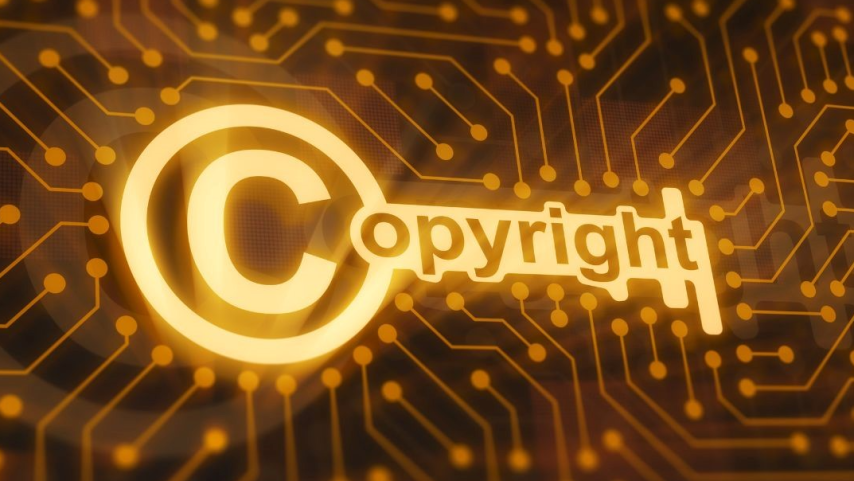Protect Your Ideas—Request Your Free Patent & Copyright Info Now!
Resource Articles
How to Copyright a Logo: A Simple Guide for New Inventors

Protect Your Ideas—Request Your Free Patent & Copyright Info Now!
Understanding
Copyright vs. Trademark
Before
we dive into the process, it's important to clarify the difference between
copyright and trademark protection. Copyright protects original works of
authorship, like the design of your logo. Trademark, on the other hand,
safeguards symbols, names, and slogans that represent your business. Both
protections can be applied to a logo, with copyright covering the creative
design and trademark guarding the logo's association with your brand.
Step
1: Create Your Logo
The
first step in protecting your logo is creating an original design. Whether you
design it yourself or hire a professional, your logo must be unique. A logo
that borrows heavily from other designs or uses pre-existing elements may not
qualify for copyright protection.
Step
2: Document the Creation Process
Once
you've designed your logo, document its creation. Keep records of drafts,
revisions, and any inspirational notes. This documentation can be essential if
you ever need to prove ownership of your logo in a legal dispute.
Step
3: Ensure Copyright Eligibility
To
copyright your logo, it must meet two basic criteria:
Originality: Your logo must be a unique creation.
Fixation: The logo must be tangible, such as a digital
file or a printed version.
If
your logo meets these conditions, it's ready for copyright protection.
Step
4: Register Your Logo with the U.S. Copyright Office
Although
your logo is automatically copyrighted upon creation, registering it with the
U.S. Copyright Office provides stronger legal protection.
Here's
how to do it:
- Visit the U.S. Copyright Office website.
- Choose "Visual Arts" as the type of work.
- Upload a digital copy of your logo.
- Fill out the application form, providing details like the creation date and the author.
- Pay the registration fee (usually around $55 for a single work).
- Submit your application.
Once
approved, you'll receive a certificate of copyright as proof of ownership.
Step
5: Use the © Symbol
After
registering your logo, start using the © Symbol along with the year and your
name (e.g., © 2023 Your Name). This signals to others that your logo is
copyrighted and can help deter infringement.
Step
6: Keep Records of Your Logo's Use
Continue
to document how your logo is used in your business, including on marketing
materials, product packaging, and social media. Tracking where and how your
logo appears can strengthen your position if you need to defend it against
infringement.
Step
7: Monitor for Infringement
It's
important to stay vigilant. Regularly monitor the internet and other channels
to ensure no one uses your logo without permission. If you discover
unauthorized use, you can send a cease-and-desist letter or consult an
intellectual property lawyer to take further action.
Step
8: Trademark Your Logo
In
addition to copyrighting your logo, consider registering it as a trademark.
While copyright protects the creative design, a trademark protects the logo as
a representation of your brand. Trademarking your logo gives you exclusive
rights to use it within your industry, adding an extra layer of security.
The
process for trademarking your logo includes the following:
Conducting
a trademark search: Ensure your logo
doesn't infringe on an existing trademark.
Choosing
the right class: Trademarks are
divided into different classes based on the types of goods or services they
represent. Make sure to select the appropriate class for your business.
Filing
an application: Submit your
trademark application to the United States Patent and Trademark Office (USPTO).
In
Summary
Understanding
how to copyright a logo is essential for new inventors looking to protect their
brand identity. Following the steps outlined in this guide can safeguard your
logo and prevent others from using it without permission. In addition to
copyright protection, consider trademarking your logo for added legal benefits.
With
a copyrighted and trademarked logo, your brand is well-protected, allowing you
to confidently focus on growing your business.
Disclaimer:
The information provided in this article is for general informational purposes
only and should not be construed as legal advice. For legal advice consult a
patent attorney or if you need a patent attorney, email us at
info@marketblast.com for a referral.
Protect Your Ideas—Request Your Free Patent & Copyright Info Now!
Other Related
Articles
How to Copyright a Name: A Step-by-Step Guide for Entrepreneurs
How to Copyright a Logo: A Simple Guide for New Inventors
What is a Copyright Registration? A Complete Guide for Creators
How to Copyright an Image: A Comprehensive Guide for New
Inventors
How To Do A USPTO Copyright Search